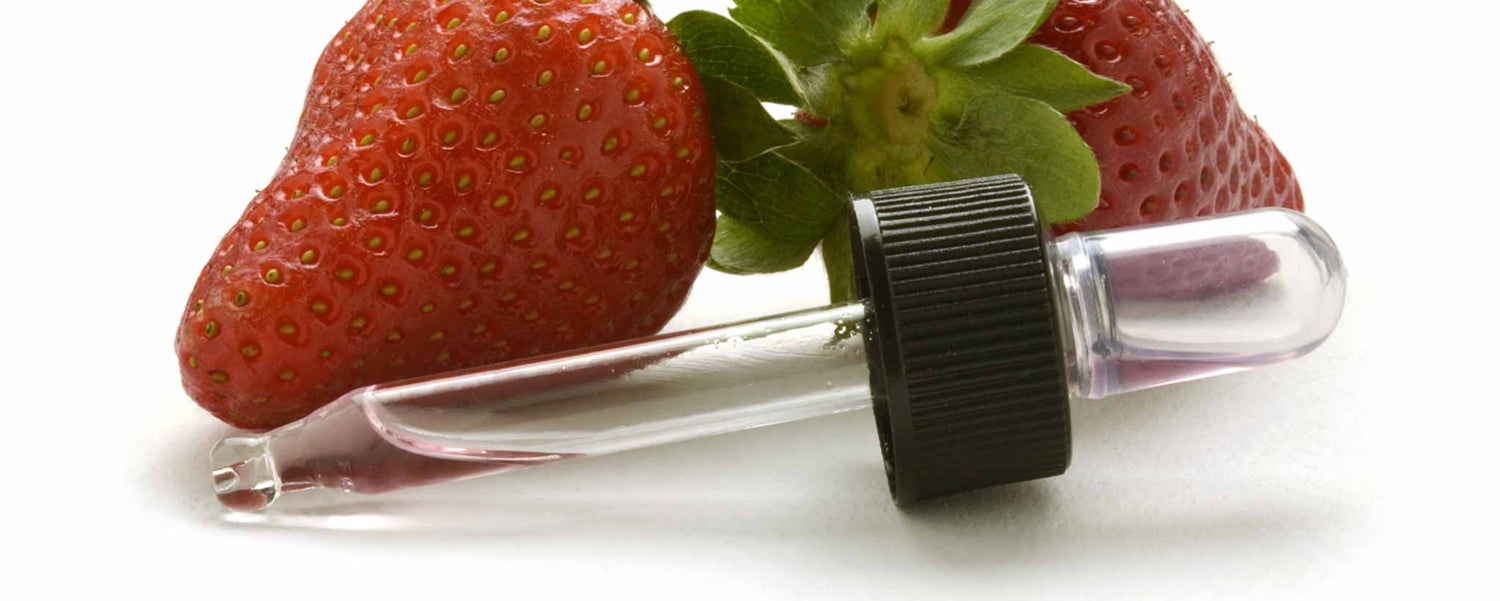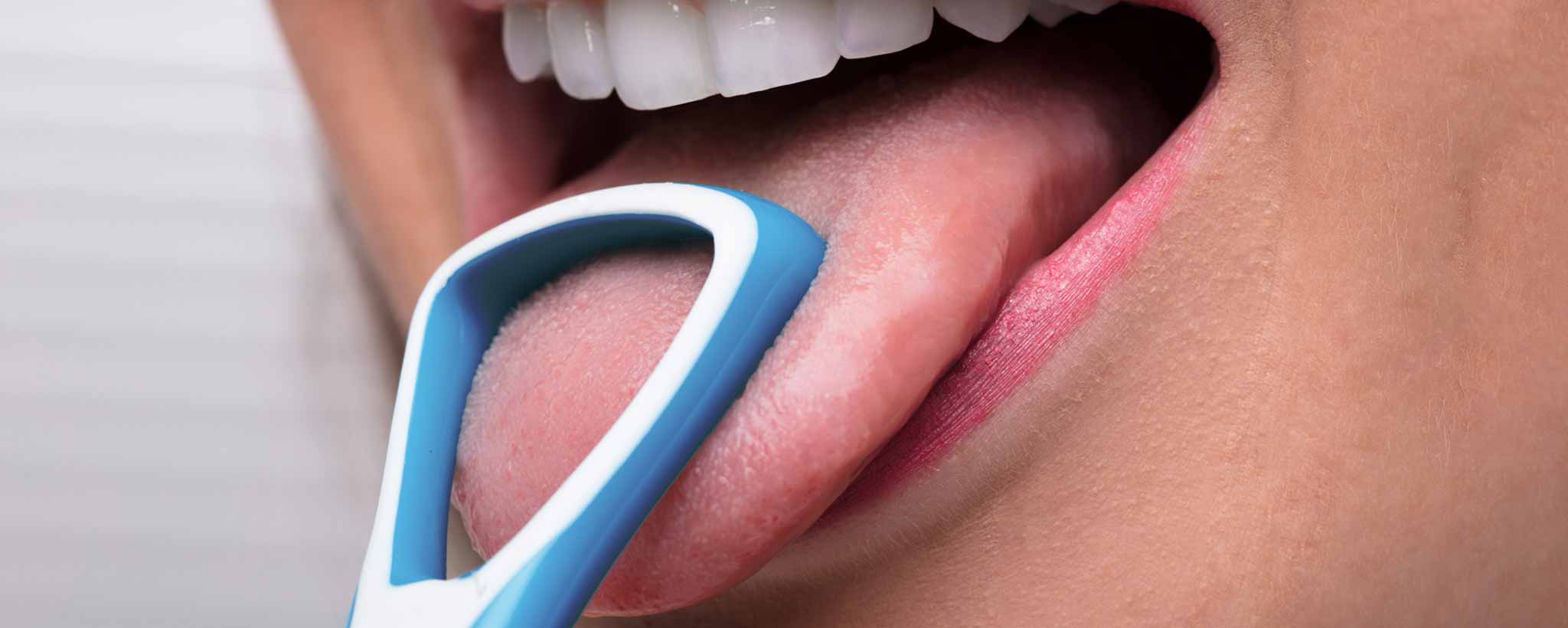Ingredient replacement and unlabeled supplements can trigger allergies and deceive consumers into purchasing inferior products.
We Are Victims of Food Fraud
Does the headline surprise you? Perhaps I sound like an alarmist. Consider this: Have you ever wondered why a fruit juice can remain on the shelf with “refrigerate after opening” on the label? Have you seen a package that claims, “natural and artificial flavors” but elsewhere states “contains 0% juice”?
What about the baffling asterisk after 100% real juice on some bottles of your grocery shelves? Still, seems circumstantial. Your lack of credulity is noted.
On the United States Pharmacopeial Convention website, FoodFraud.org, there is a vast searchable database of scholarly articles revealing foods that deceptively list their ingredients. The duplicity may be as simple as replacing grapefruit juice with orange juice and touting “all natural flavors” on the label.
More elaborate subterfuge involves substituting by high-paid flavorologists or omitting the mention of additives. Note one excerpt from an abstract by David I. Ellis, et al. in "Fingerprinting food: current technologies for the detection of food adulteration and contamination,” 2012:
⚠️ “Major food adulteration and contamination events seem to occur with some regularity, such as the widely publicized adulteration of [powdered] milk products with melamine and the recent microbial contamination of vegetables across Europe, for example.”
Researchers found that olive oil (even the extra-virgin kind) is the most adulterated food. (No pun intended.) To reduce costs, unscrupulous companies illegally cut a primary ingredient with something less expensive.
| Most Adulterated Foods | |
|---|---|
| Product | Replacement(s) |
| OLIVE OIL | hazelnut, corn oil, sunflower oil, peanut oil, vegetable oil, soybean oil, palm oil, walnut oil |
| MILK | reconstituted milk powder, urea, rennet |
| MAPLE SYRUP (artificial) | sugar syrup, corn syrup, fructose, glucose, high-fructose corn syrup, beet sugar |
| HONEY | |
| SAFFRON | glycerin, sandalwood dust, tartrazine, barium sulfate, borax |
| ORANGE JUICE | lemon juice, mandarin juice, grapefruit juice, high fructose corn syrup, paprika extract, beet sugar |
| INSTANT COFFEE | chicory, cereals, caramel, parchment, starch, malt, figs |
| TEA | leaves from other plants, color additives, colored sawdust |
| CLOUDING AGENTS | most common is plasticizer Di(2-ethylhexyl) phthalate (DEHP)* |
| *The US Pharmacopeial Convention found 877 food products from 315 companies with fake clouding agents. | |
What I am about to say will gross you out. Perhaps manufacturers reason that there are worse things allowed in your food than extraneous leaves or a fruit substitute. The FDA says, “It is economically impractical to grow, harvest, or process raw products that are free of non-hazardous, naturally occurring, unavoidable defects.”
“Defects” is a more palatable word for insect parts, maggots, mold, and rodent hairs. 🦗 Crushed oregano, for example, can contain 300 or more insect bits and about two rodent hairs for every 10 grams. Yes, food manufacturers employ people to count legs and hair for compliance. A family-size bottle of oregano of 18 ounces or 510 grams can contain up to 15,402 “defects.”
Take consolation in the fact that you do not consume an entire bottle at once. Some people eat insects as a form of protein. If this still disturbs you, perhaps it’s time to start your own herb garden.
Misleading ingredient replacement and unlabeled supplements can trigger allergies. Are you appalled?
To support the writing of useful articles about food, ClinicalPosters sells human anatomy charts, scientific posters, and other products online. You may sponsor specific articles, become a ClinicalNovellas Member, or remit a small donation.
ClinicalPosters sells human anatomy charts, scientific posters, and other products online to offset expense of the writing useful articles about food. Slide extra posters into DeuPair Frames without removing from the wall.
Show your support by donating, shopping for ClinicalPins, becoming a ClinicalNovellas Member, or leaving an encouraging comment to keep the research going.
To support the writing of useful articles about food, ClinicalPosters sells human anatomy charts, scientific posters, and other products online. You may sponsor specific articles or remit a small donation.
ClinicalPosters sells human anatomy charts, scientific posters, and other products online to offset expense of the writing useful articles about food. Slide extra posters into DeuPair Frames without removing from the wall.
ClinicalPosters sells human anatomy charts, scientific posters, and other products online. You may remit a small donation or become a ClinicalNovellas Member.
You can support the writing of useful articles about food by sponsoring specific articles, becoming a ClinicalNovellas Member, or remitting a small donation. Visible content is optimized for device size.






 Romance & Health Intertwine. Fall in love with a captivating romance miniseries that explores the essence of well-being. Become a ClinicalNovellas member for heartwarming tales.
Romance & Health Intertwine. Fall in love with a captivating romance miniseries that explores the essence of well-being. Become a ClinicalNovellas member for heartwarming tales.






